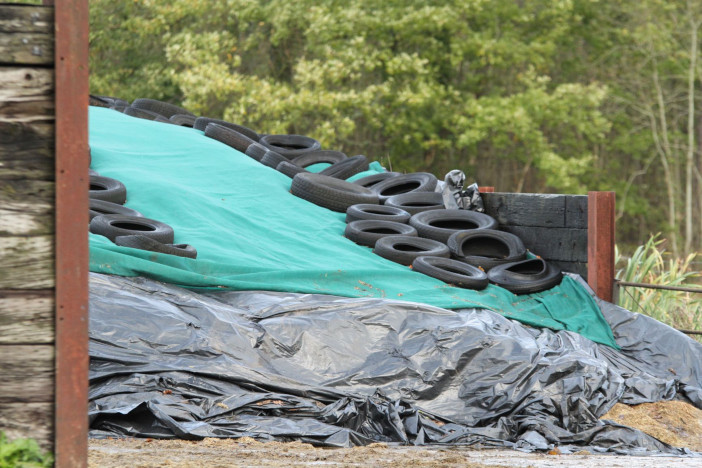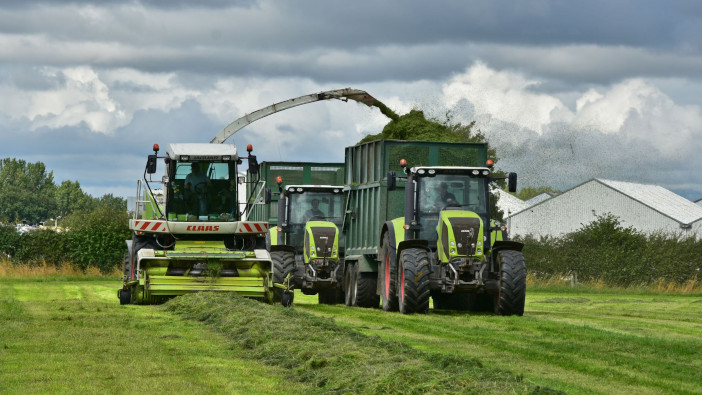Farmers are being urged to check for potentially dangerous gases after reports of yellow or brown fumes coming from silage pits.
Nitrous oxide is one of many gases produced during the harvesting and ensilling period and it can change to nitrogen oxide when it comes into contact with oxygen. The risk of nitric acid inhalation is a serious threat to people and animals.

Charlotte Ward, ruminant technical manager at KW Feeds said: We believe the yellow/brown gas that has sometimes been seen is likely to be nitrous oxide. If so, and it was to expose those in proximity to nitric acid, we are looking at potentially life-threatening injury to people and animals.”
The fumes can cause irritation of the respiratory tract and, in extreme cases, can cause a potentially fatal pulmonary oedema.
Ms Ward said: “It is important to note that nitrous oxide forms naturally when nitrates are broken down immediately after ensiling. We suspect the higher nitrate content in silage, due to the slow cold spring, may be exacerbating the situation. These are conditions we are not used to.
“We advise to exercise extreme caution if there is even a slight indication that this is occurring. Do not breathe in near the areas where the gas is visible, or suspected. Tell-tale signs can include silage discolouration, often turning to a bright yellow-orange colour.”
While the gas is heavier than air, and usually dissolves in the moisture of wet grass silage within a few days, it may still be inhaled in close proximity.
“It is important you let the gas dissipate and not let any people or animals near it, as if it does turn into nitric acid, skin may be burned and if inhaled, lung damage can occur. Once it has dissipated, usually within a few days, there should no longer be a problem and the silage should be safe to use. However, caution should be maintained,” continued Ms Ward. “This highlights the importance of taking pre-cut samples and sending for analysis to determine nitrate levels before cutting. Likewise, it is prudent to regularly sample silage, and monitor what is in your clamp.”


